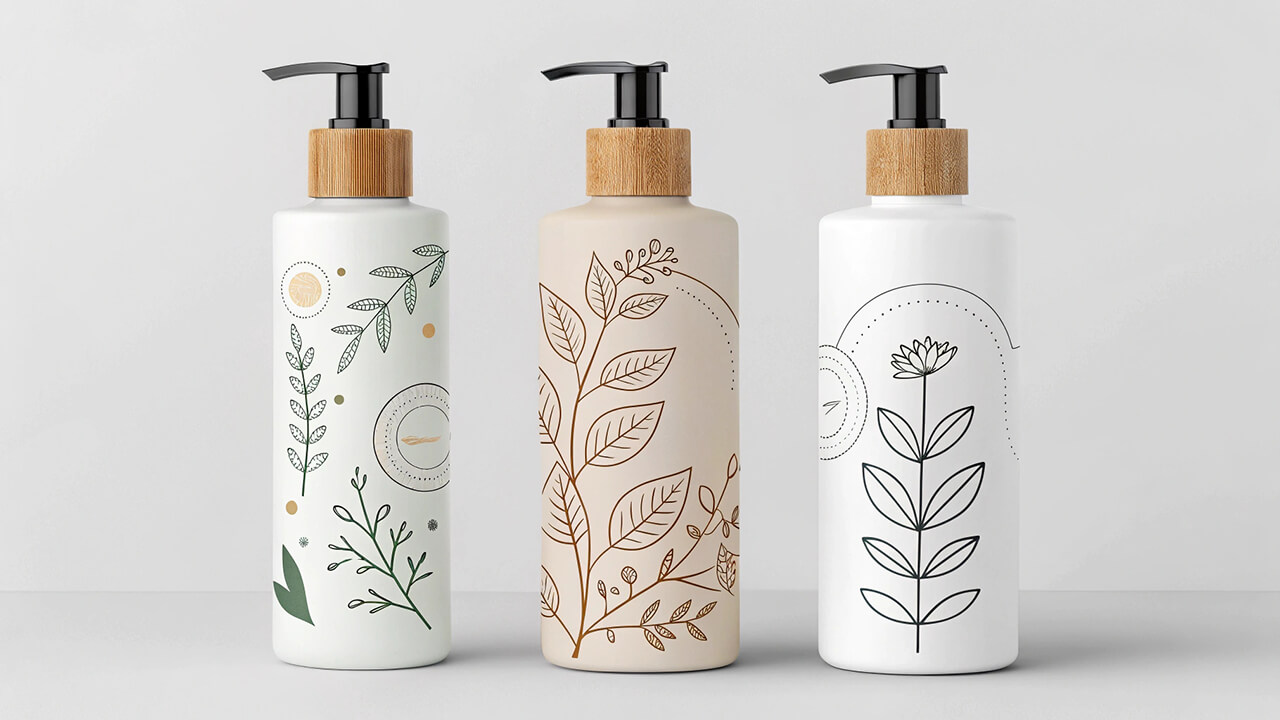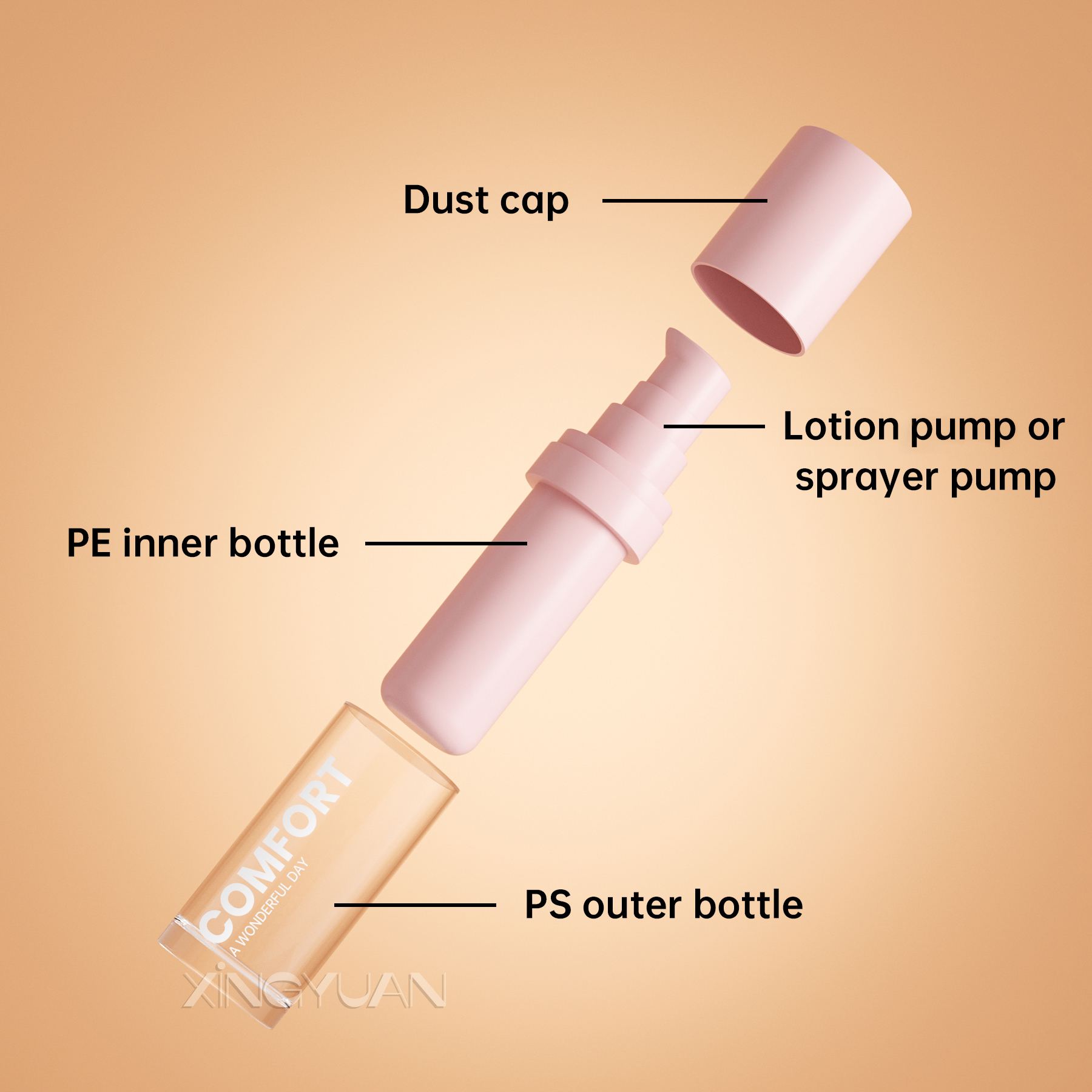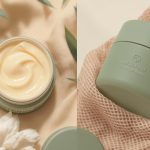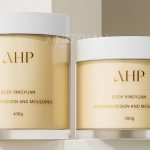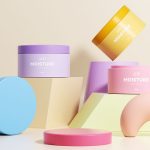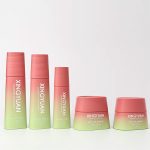Choosing the right lotion pump is not just about dispensing your product—it is about protecting your formula, enhancing customer experience, and reinforcing your brand’s image. For cosmetic brand owners and packaging designers, understanding both pump types and neck sizes is essential.
Lotion pumps are categorized by type and neck size. The main types include standard pumps, airless pumps, outer-spring pumps, and all-plastic pumps, each designed for specific formulas. Neck sizes like 18/410, 20/410, and 24/410 indicate how the pump fits onto the bottle. Matching pump type and size ensures proper functionality, leak prevention, and consistent product performance.
Let’s break down the most important lotion pump types and neck sizes so you can choose the best option for your cosmetic packaging.
Outline
- 1 What are the different types of lotion pumps?
- 2 Why does pump type matter for cosmetic packaging?
- 3 How do lotion pump neck sizes work?
- 4 What does 18/410, 20/410, 24/410 mean in lotion pumps?
- 5 Common lotion pump sizes explained
- 6 Less common sizes you should know
- 7 How to match pump type and size with your bottle
- 8 What should cosmetic brands consider when sourcing lotion pumps?
- 9 Summary
What are the different types of lotion pumps?
Lotion pumps are not all the same. Depending on the product formula and intended use, you may need one of the following:
- Standard Lotion Pump
- The most widely used type, ideal for body lotions, creams, shampoos, and conditioners. It delivers a controlled dose, typically between 1.0–2.0 ml per stroke.
Airless Lotion Pump
- Designed without a dip tube, airless pumps use a vacuum system to push the product upward. They are perfect for natural or sensitive formulas that need protection from air and contamination.
Outer-Spring Lotion Pump
- A pump with its spring mechanism placed outside the product path, reducing metal contact with the formula. This is ideal for serums, acids, or formulations that may react with metal.
All-Plastic Lotion Pump
Built entirely from plastic components, making it fully recyclable and eco-friendly. These pumps are increasingly popular in sustainable cosmetic packaging.
Why does pump type matter for cosmetic packaging?
The pump is often the first part of your packaging that customers interact with. A pump that dispenses too much product, leaks, or clogs can lead to negative brand perception. Choosing the right pump type ensures:
- Product safety – No contamination or oxidation.
- User experience – Consistent dosage and smooth actuation.
- Brand positioning – Premium pumps reflect higher quality.
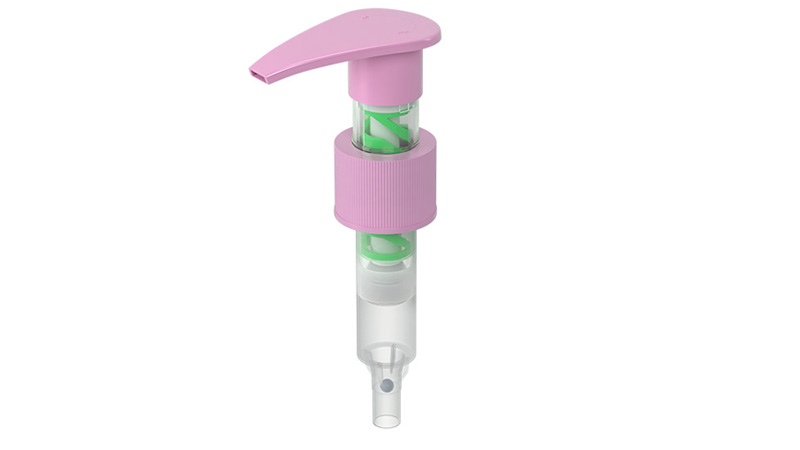
How do lotion pump neck sizes work?
Neck size is the measurement system used to determine if a pump fits a bottle. It typically consists of two numbers:
- The first number refers to the diameter of the bottle neck in millimeters.
- The second number refers to the thread style (usually “410” or “415”), which describes the height and finish of the thread.
For example: 24/410 means the bottle neck is 24 mm wide, with a thread finish style of 410.
What does 18/410, 20/410, 24/410 mean in lotion pumps?
These codes can be confusing at first, but they are standard in the packaging industry:
- 18/410 – A narrow neck, often used for serums and travel-size skincare bottles.
- 20/410 – Slightly larger, suitable for facial creams or liquid soaps.
- 24/410 – One of the most common sizes, used for body lotions, hair products, and full-size skincare.
By knowing these numbers, you can immediately determine whether a pump will match your bottle design.
Common lotion pump sizes explained
Here are the most common neck sizes used in the cosmetic industry:
- 18/410 – Popular in smaller bottles (30–50 ml).
- 18/415 – Similar to 18/410 but with a taller thread profile, offering a tighter fit.
- 20/410 – Fits medium bottles, often in 50–100 ml packaging.
- 20/415 – Same width as 20/410 but with different threading.
- 24/410 – Very common for body care products in 100–250 ml bottles.
- 24/415 – A variation of 24 mm with a higher thread, used in premium packaging.
Less common sizes you should know
While the above are standard, some specialized products require less common sizes:
- 22/410 – Rare, but used in certain niche cosmetic bottles.
- 28/410 – Typically seen in larger bottles such as family-size lotions, shampoos, or body wash.
Even though these are less frequent, it’s worth knowing them, especially if your brand plans to create unique packaging.
How to match pump type and size with your bottle
Choosing the correct pump goes beyond selecting type or size individually. The two must work together. For example:
- A 24/410 standard lotion pump is great for body lotion bottles between 150–250 ml.
- A 20/410 airless pump is better suited for mid-size serums or moisturizers.
- An 18/410 outer-spring pump works perfectly for sensitive skincare formulas in small bottles.
Always request samples from your lotion pump supplier and test them with your formula to ensure compatibility.
What should cosmetic brands consider when sourcing lotion pumps?
Beyond types and sizes, brands need to evaluate:
- Supplier reliability – Choose a supplier with consistent quality control.
- Minimum order quantities (MOQ) – Some suppliers require large orders, which may not suit startups.
- Sustainability – Opt for recyclable or all-plastic pumps when possible.
- Customization – Color, shape, and finish can all be adjusted to reflect your brand identity.
Summary
Lotion pumps come in many forms, from standard to airless, and in multiple neck sizes from 18/410 to 28/410. By understanding both pump type and bottle compatibility, cosmetic brands can ensure product safety, enhance user experience, and deliver packaging that supports their brand identity.
